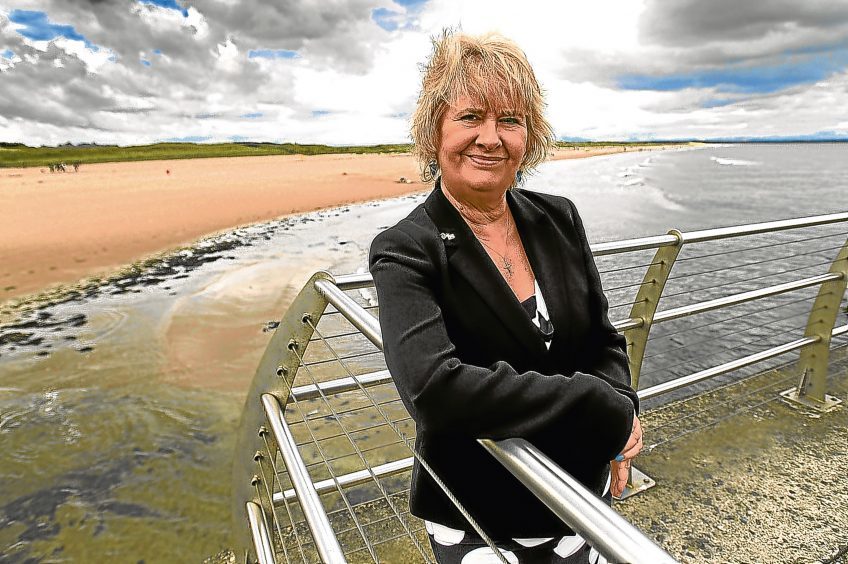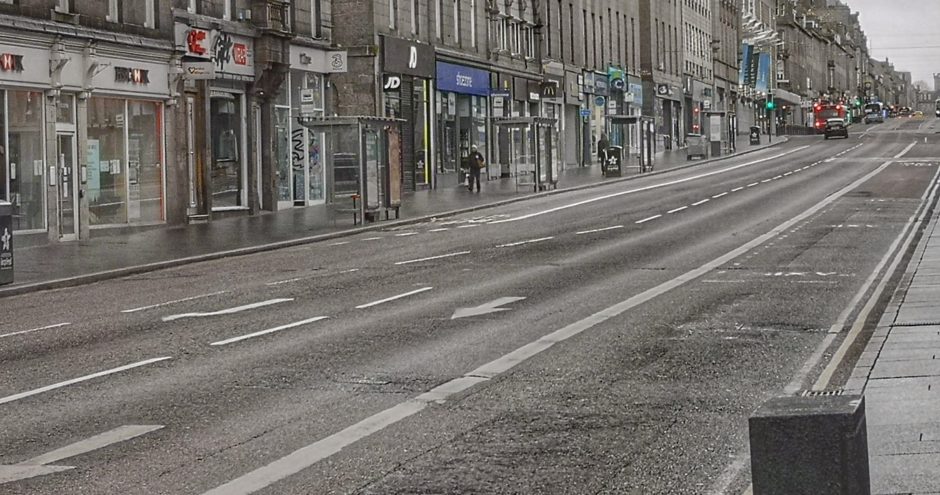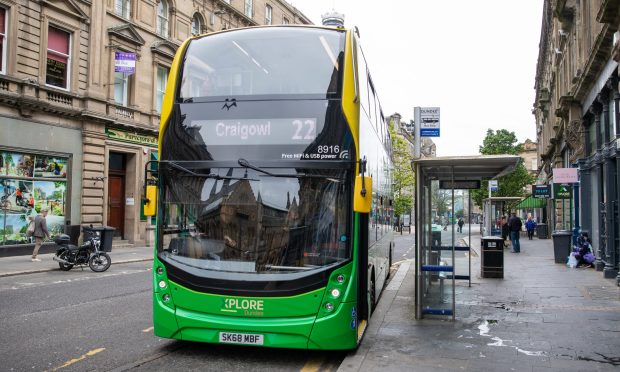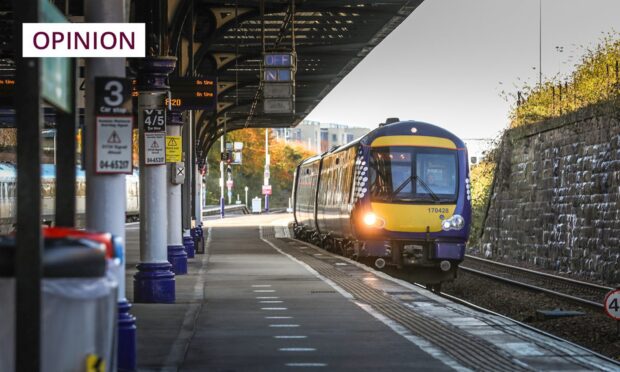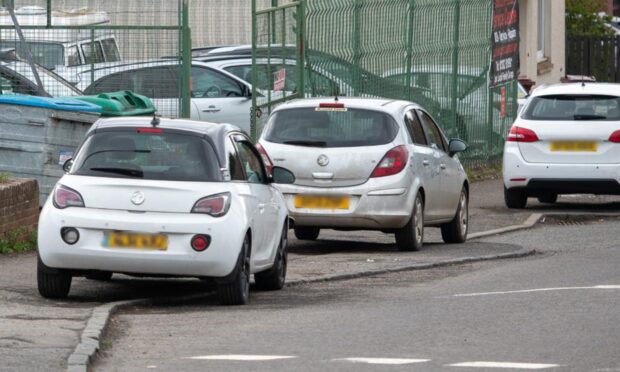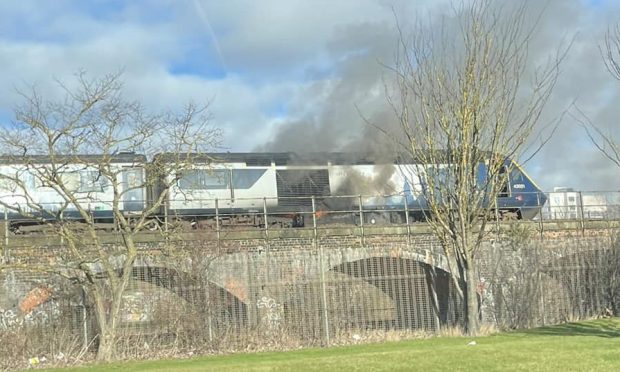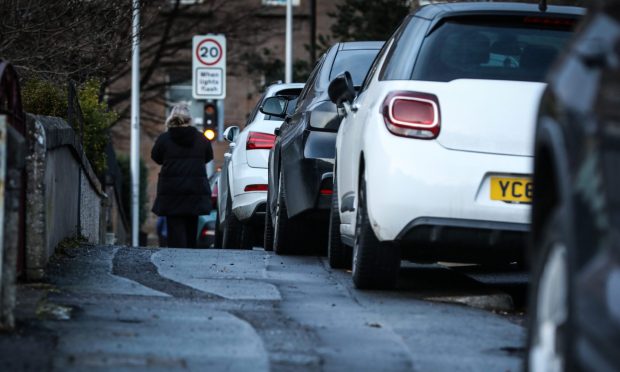Plans for pollution-busting “low emission zones” in Aberdeen and Dundee could be changed in the wake of the coronavirus lockdown.
Environment Secretary Roseanna Cunningham said the drop in emissions linked to the ongoing restrictions had made ministers think differently about the so-called LEZs.
Glasgow became the first Scottish city to introduce a “low emission zone (LEZ)” last year, and was due to be followed by Edinburgh, Dundee and Aberdeen this year.
In February city councillors in Aberdeen pushed forward with plans for a public consultation to be held into the LEZ where certain vehicles are banned from parts of the heart of the city or charged for entry.
Asked for an update on the plans during a virtual session of the Scottish Parliament on Friday, Ms Cunningham said: “The low emission zone process was on track.
“Of course, we now need to have serious conversations about how it might look in future.
“I have already had some discussion with my colleague, the cabinet secretary for transport, infrastructure and connectivity, about how we emerge from the current set of circumstances holding on to and learning from some of the lessons about air quality and the massive reduction of motor transport on our roads.
“We are going to discuss the issue, because we think that there is perhaps a way to look at LEZs rather differently from the way in which we have been doing it until now.”
Earlier this week, the Air Quality In Scotland organisation claimed the nation’s deserted roads “provide an opportunity to investigate what improved air quality within Scotland’s cities could look like in the future”.
Vehicles are the main source of harmful gases like nitrogen dioxide, which is monitored at various roadside points across the Granite City including on Union Street.
Comparing the first week in April 2019 to the same week this year, the experts from the organisation showed the average nitrogen dioxide concentration in the city’s main thoroughfare fell from 39 micrograms per cubic metre of air to 17, a reduction of 56%.
Similar decreases have been recorded in the three other largest Scottish cities, with carbon dioxide levels falling by 57% on Edinburgh’s St John’s Road, 73% on Glasgow’s Hope Street and 43% on Lochee Road, Dundee.

